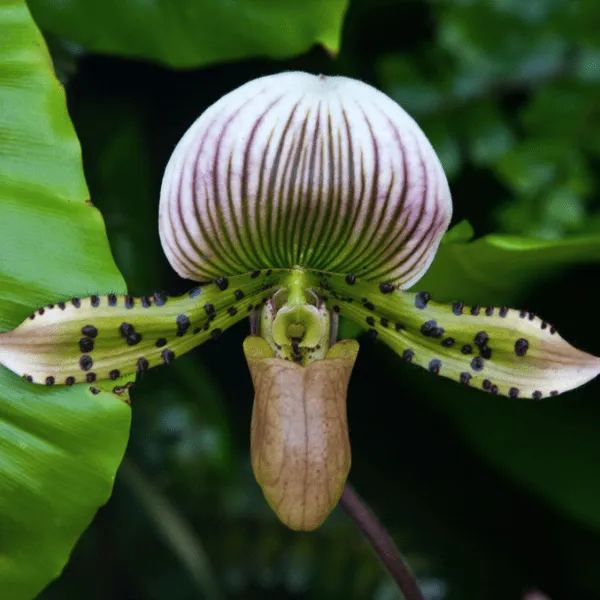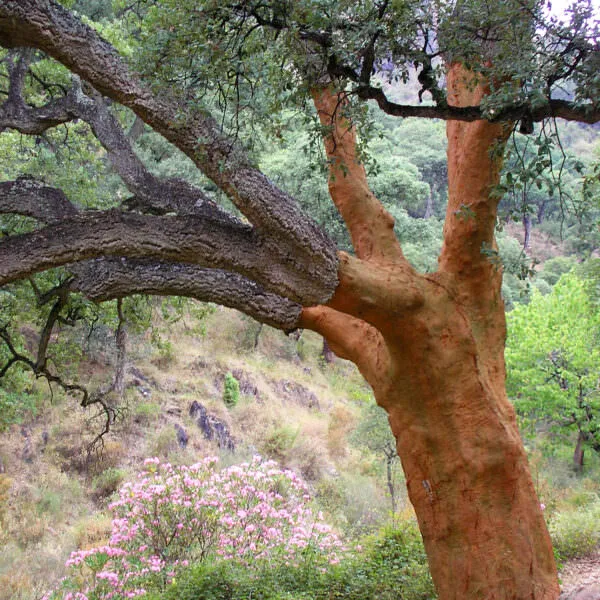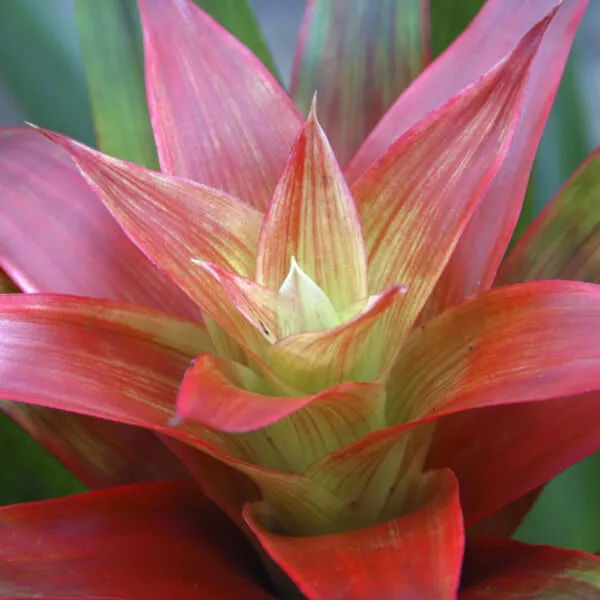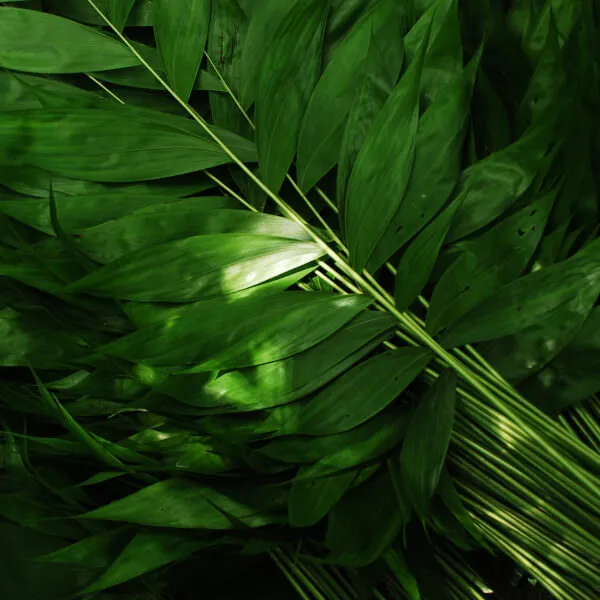We're All In
Together, we're building a future where people and nature thrive. Sign up today and join our movement...
Botany
At heights reaching 200 feet, the big-leaf mahogany tree shoots through the top of the rainforest canopy. This majestic tree, which can live upward of 350 years, is an integral part of the rainforest ecosystem and is an important resource for local communities. Its dark brown, flaky bark has a sweet odor, and the tree bears a gray-brown fruit and small white flowers. With leaves that can reach lengths of 20 inches, it has earned its “big-leaf” name; nonetheless, in a number of Latin American countries it’s called simply caoba (in English, “mahogany”).
Habitat
With an extensive geographical range, big-leaf mahogany can be found throughout much of southern Mexico, Central America, and into South America (with southern limits in Brazil and Bolivia). Found within wet and dry tropical forests, it grows in a variety of soil types.
Significance
Since the 1500s, mahogany has been a prized timber product—a building block for high-quality furniture and musical instruments—valued for its deep reddish color, durability, and beauty. Unfortunately, the removal of this great tree often leads to erosion and soil degradation, damaging nearby river systems and, in turn, impacting other plant and animal habitats. Another major threat: overharvesting. Because mahogany commands such high prices, foresters have begun to construct roads into dense, otherwise impassable, rainforest to gain access to the trees. Once roads are in place, the trees are in danger of continued illegal logging within these often unmanaged reserves. When a mahogany tree has been removed, it’s difficult for the species to grow in the same location—largely the result of insufficient light, a condition necessary for regeneration.
What We're Doing
The Rainforest Alliance has been helping communities in the Petén region of Guatemala to sustainably harvest mahogany from their forests. These forestry concessions follow strict management plans, which ensure that species such as mahogany are not overharvested.
Sources
- Global Trees Campaign
- WWF
- IUCN Red List
- Header photo by Sergio Izquierdo
- Inset photo copyright J. M. Garg



